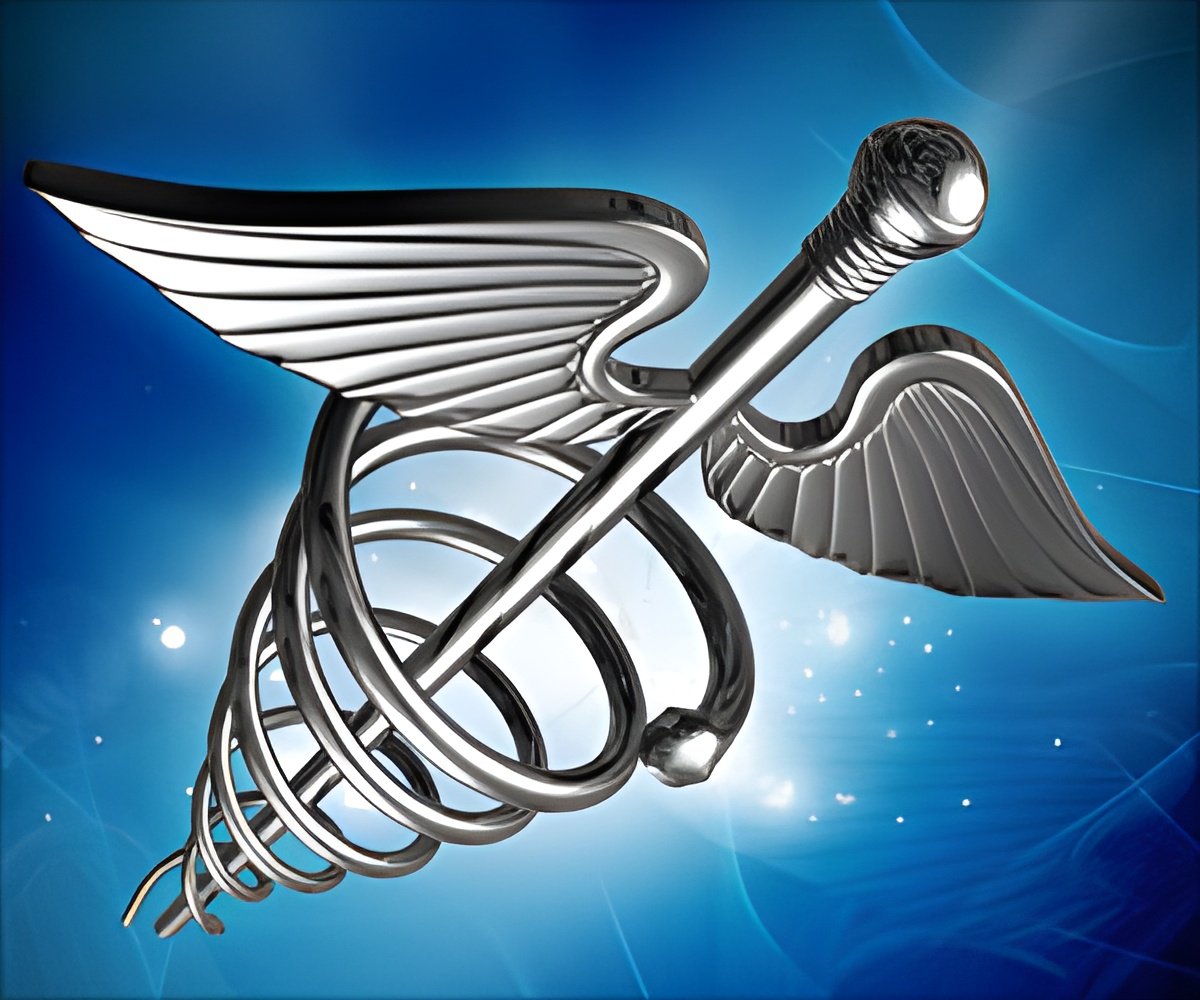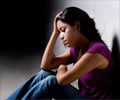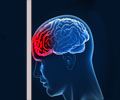New US guidelines say that any athlete suspected of getting a concussion during sports should stop play, leave the game and not return until cleared by a licensed healthcare professional.

There is no set amount of time that is safe to wait before returning, according to the AAN. Each instance of head injury must be evaluated individually by an expert.
"If in doubt, sit it out," said Jeffrey Kutcher, a doctor with the University of Michigan Medical School and a member of the AAN.
The suggested rules apply to both youth and professional sports, but urge that young people be managed more conservatively because studies have shown they take longer to recover than college age athletes.
Past history of head injuries should also be taken into account while evaluating an athlete, said the AAN, which includes more than 25,000 neurologists and neuroscience professionals.
The guidelines tighten the group's 1997 standards, which allowed for athletes to return to play after minor head injuries.
"Among the most important recommendations the academy is making is that any athlete suspected of experiencing a concussion immediately be removed from play," said co-lead guideline author Christopher Giza of the University of California, Los Angeles.
"There is no set timeline for safe return to play."
Between 1.6 million and 3.8 million athletes sustain a concussion each year in the United States, "many of whom do not obtain immediate medical attention," said the AAN guidelines, based on a review of scientific literature from 1955 to 2012.
Source-AFP
 MEDINDIA
MEDINDIA




 Email
Email







